In 2023, Dong Nai Museum will compile a dossier to rank many provincial-level relics. Including 2 archaeological relics in Bien Hoa city, including Tan Lai archaeological site, Quarter 1 (Buu Long ward) and Long Hung archaeological site (Long Hung commune)...
Tan Lai archaeological site
Tan Lai archaeological site is located within Tan Lai communal house, Buu Long ward, Bien Hoa city, Dong Nai province.
The communal house is built on the top of a low hill, 5.3m higher than the Dong Nai River.
Here, in 1995, staff from the Ho Chi Minh City Institute of Social Sciences conducted a survey of the relic's surface and discovered two large rectangular stone slabs made of dark gray slate, and another large stone slab also made of dark gray slate.
At the two ends of the stone slab, each end has two round holes, which are identified as stone slabs used as door frames in ancient brick architectures of the Oc Eo and post-Oc Eo cultural periods.
On that basis, the Tan Lai archaeological site was first excavated in 2007, and a number of stone materials were found, such as shoulder axes, quadrangular axes, grinding tables, many stone fragments and some pottery fragments.
In particular, in the 2007 archaeological excavation pit, 3 bronze artifacts were also discovered.
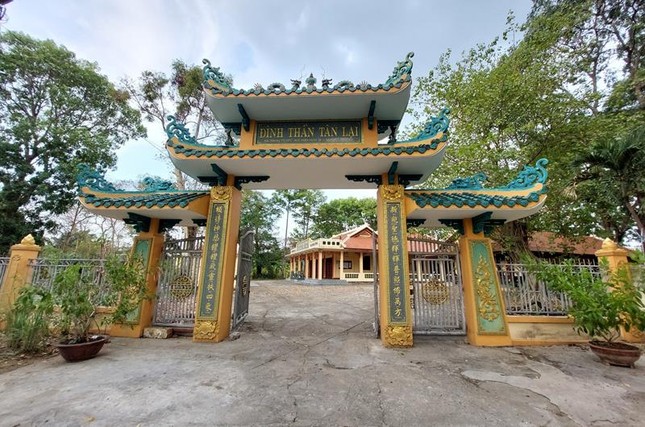 |
Tan Lai communal house is located in Quarter 1, Buu Long Ward, Bien Hoa City, Dong Nai Province - where Tan Lai archaeological site is located. |
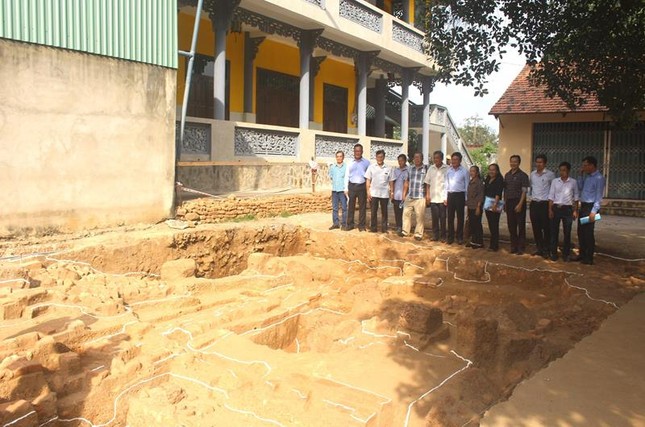 |
In 2020, the site continued to be excavated for the second time, resulting in the collection of 8 artifacts (4 bricks, 2 stone axes, 1 pointed tool and 1 tool fragment).
These artifacts once again contribute to proving the cultural stages of the ancient Tan Lai people in the prehistoric period (about 2,500-3,000 years) and the historical period (Oc Eo and post-Oc Eo culture, about the 12th-13th centuries and the Nguyen Dynasty, 19th century).
 |
An excavation pit at the Long Hung archaeological site, Long Hung commune, Bien Hoa city, conducted by Dong Nai Museum in collaboration with the Institute of Archaeology in 2020. |
Long Hung archaeological site
The Long Hung archaeological site in Phuoc Hoi mound was formerly Ben Go village. On the mound area today, there are architectural works including Long Hung communal house, Long Buu pagoda, Ngu Hanh temple and ancient tombs from the 19th and 20th centuries. In 1988, Dong Nai Museum and Ho Chi Minh City Institute of Social Sciences conducted a 22m2 exploratory excavation in this area called Ben Go.
According to the excavators: "Ben Go relic has 2 types of residence and worship relic, dating back to around the 8th-9th century". In 2020, the relic continued to be excavated with 2 pits (area 100m2).
Through exploration and excavation, the exposed relics (metal, stone, porcelain...) along with architectural ruins have proven the process by which the ancient Long Hung people built cultural centers to meet the needs of the community throughout ancient, medieval and modern times (from the end of the 7th century to the 20th century).
The richness and characteristics of each type of artifact through historical periods show that the tastes of the community of residents have dominated prime areas such as Phuoc Hoi mound. There, the ancient people of Long Hung traded, sold, and exchanged products with the outside world.
With cultural, historical and archaeological values, Director of Dong Nai Museum Nguyen Viet Son emphasized: "Tan Lai and Long Hung archaeological sites need to be researched and have scientific records submitted to the Provincial People's Committee for ranking in 2023 to have a legal basis to protect and promote the value of the sites".
Source: https://tienphong.vn/khai-quat-khao-co-tai-mot-di-chi-o-dong-nai-phat-lo-2-tam-da-lon-hinh-chu-nhat-mau-xam-den-post1674929.tpo



![[Photo] General Secretary To Lam concludes visit to Russia, departs for Belarus](https://vphoto.vietnam.vn/thumb/1200x675/vietnam/resource/IMAGE/2025/5/11/0acf1081a95e4b1d9886c67fdafd95ed)
![[Photo] General Secretary To Lam meets and expresses gratitude to Vietnam's Belarusian friends](https://vphoto.vietnam.vn/thumb/1200x675/vietnam/resource/IMAGE/2025/5/11/c515ee2054c54a87aa8a7cb520f2fa6e)


![[Photo] General Secretary To Lam arrives in Minsk, begins state visit to Belarus](https://vphoto.vietnam.vn/thumb/1200x675/vietnam/resource/IMAGE/2025/5/11/76602f587468437f8b5b7104495f444d)
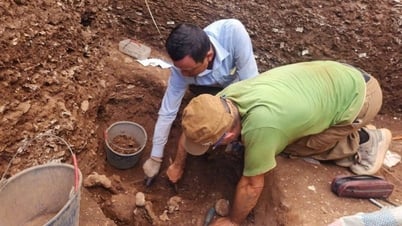

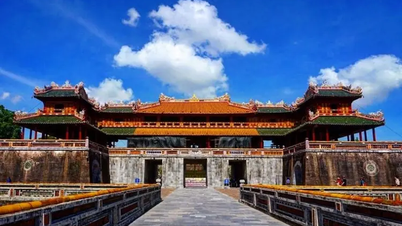
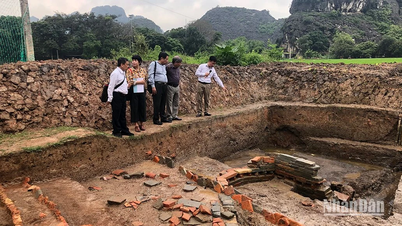

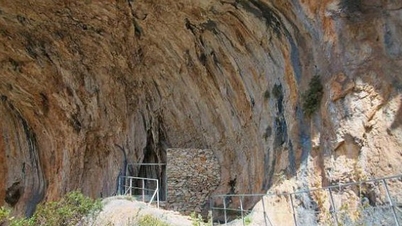

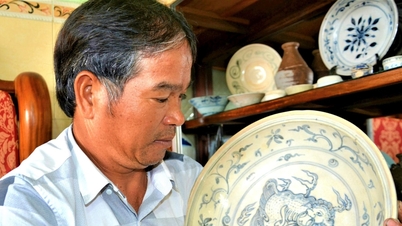







![[Video] Bringing environmental technology from the lab to life](https://vphoto.vietnam.vn/thumb/402x226/vietnam/resource/IMAGE/2025/5/11/57d930abeb6d4bfb93659e2cb6e22caf)




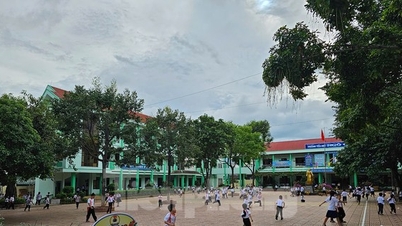





![[Photo] National Assembly Chairman Tran Thanh Man attends the Party Congress of the Committee for Culture and Social Affairs](https://vphoto.vietnam.vn/thumb/1200x675/vietnam/resource/IMAGE/2025/5/11/f5ed02beb9404bca998a08b34ef255a6)



























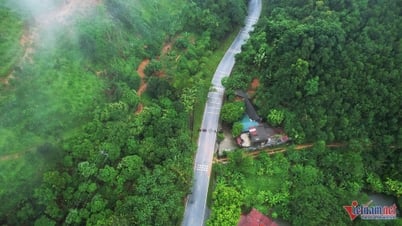














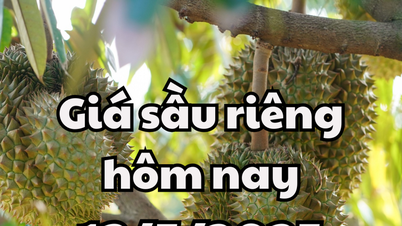






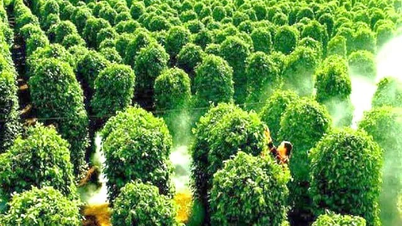











Comment (0)